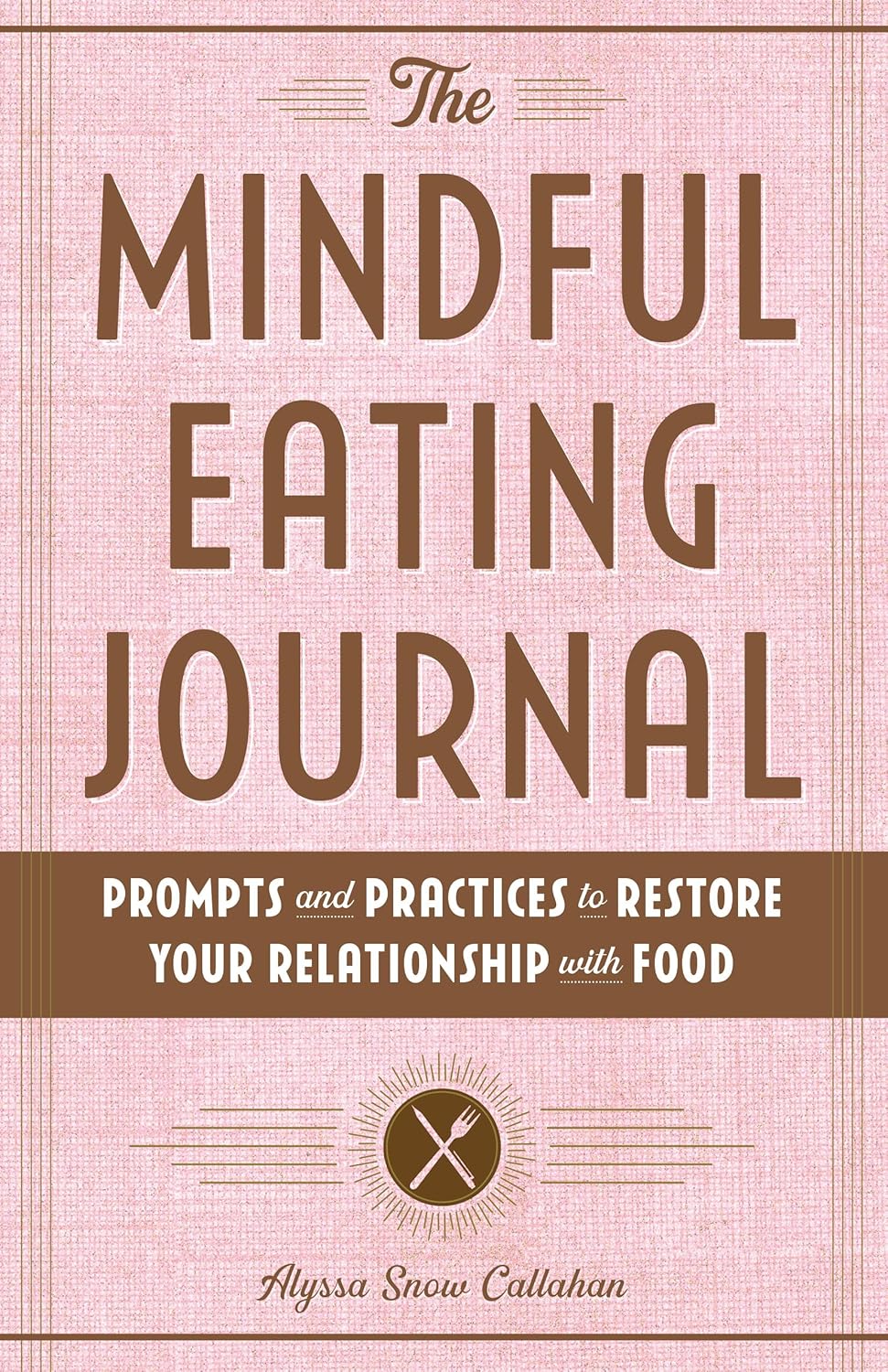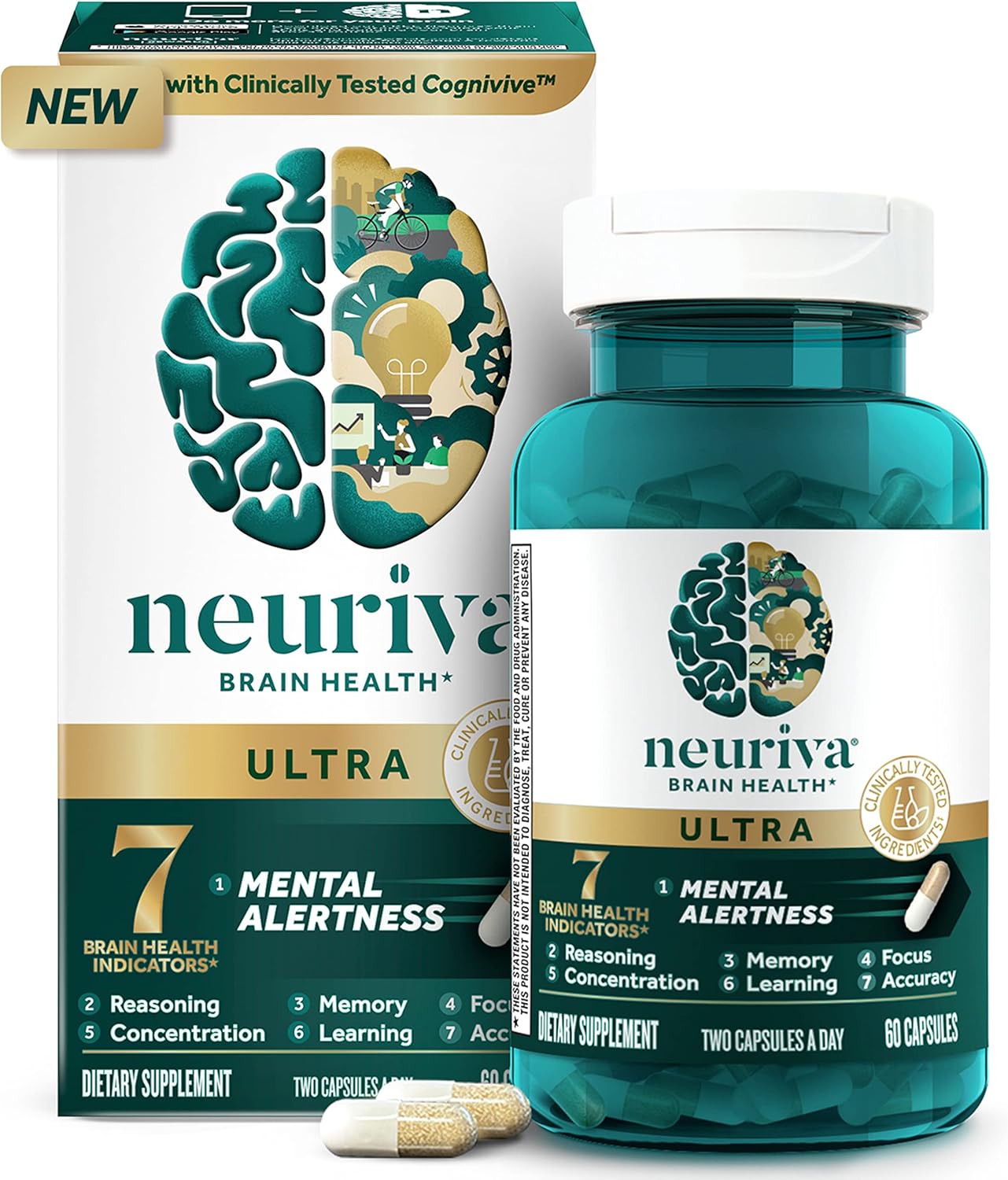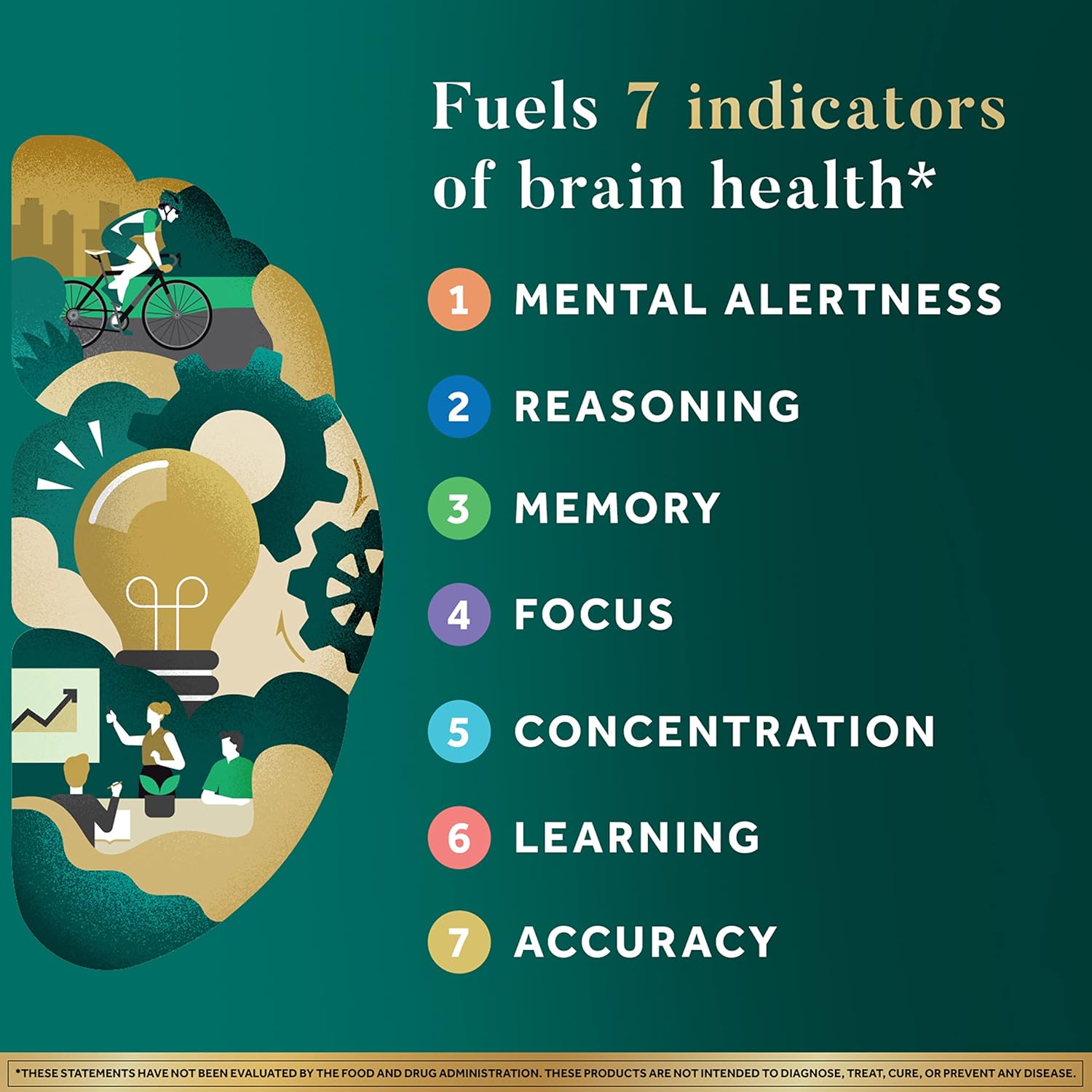Have you ever finished a meal only to realize you barely tasted it? Maybe you were scrolling through your phone, watching TV, or rushing through lunch at your desk. Sound familiar? You’re not alone. Many of us eat on autopilot, disconnected from the experience of eating. But what if I told you there’s a simple way to enjoy your food more, feel more satisfied, and even support your health goals? This is the benefits of mindful eating. It’s about paying full attention to your meals—savoring each bite, noticing flavors and textures, and tuning into your body’s hunger and fullness cues. No strict diets or calorie counting. Just you, your food, and the present moment.

Lately, mindful eating has gained serious attention for its role in weight loss and overall health. People are discovering that slowing down and being intentional with their meals can lead to big changes. Curious how?
In this blog, we’ll dive into the benefits of mindful eating, explore how it can help with weight loss, and uncover its impact on your overall health. Ready to transform your relationship with food? Let’s get started!
What is Mindful Eating?

Mindful eating is more than just a trend—it’s a practice rooted in mindfulness, the art of being fully present in the moment. At its core, mindful eating means bringing your full attention to the experience of eating. It’s about noticing the colors, smells, textures, and flavors of your food. It’s also about listening to your body’s hunger and fullness signals, rather than eating out of habit or emotion.
This approach has its roots in mindfulness practices, which originate from ancient Buddhist traditions. Mindfulness teaches us to observe our thoughts and feelings without judgment. When applied to eating, it helps us break free from mindless munching and develop a healthier relationship with food.
Unlike traditional dieting, which often focuses on strict rules and restrictions, mindful eating is flexible and intuitive. There are no “good” or “bad” foods. Instead, it’s about making intentional choices and savoring every bite. It encourages gratitude for the nourishment your food provides and helps you reconnect with the joy of eating.
Key elements of mindful eating include:
- Awareness: Tuning into your body’s hunger and fullness cues.
- Gratitude: Appreciating the effort and resources that went into your meal.
- Intentionality: Choosing foods that make you feel good, both physically and emotionally.
By practicing mindful eating techniques, like eating slowly and eliminating distractions, you can transform meals into moments of mindfulness. Whether you’re new to mindful eating practices or looking to deepen your awareness, this approach can help you eat with purpose and pleasure.
Ready to explore how mindful eating can benefit your health? Let’s keep going!
The Benefits of Mindful Eating

Mindful eating isn’t just about how you eat—it’s about how it transforms your body and mind. Let’s break down the key benefits of mindful eating and how they can improve your life.
1. Improved Digestion and Nutrient Absorption
Did you know that digestion starts in your mouth? When you eat slowly and chew thoroughly, you’re giving your body a head start. Breaking down food into smaller pieces makes it easier for your stomach and intestines to process. Plus, mindful eating reduces stress, which is a major win for your gut.
Stress can wreak havoc on your digestive system, leading to issues like bloating or indigestion. By staying present during meals, you create a calm environment for your body to absorb nutrients efficiently. It’s a simple change with big rewards!
2. Better Weight Management
One of the most talked-about benefits of mindful eating is its role in weight management. When you eat mindfully, you become more aware of your body’s hunger and fullness cues. This helps prevent overeating and makes it easier to maintain a healthy weight.
Studies have shown that mindful eating can be just as effective as traditional diets for weight loss. For example, a 2014 study published in the Journal of Obesity found that participants who practiced mindful eating lost significant weight and kept it off longer. By focusing on mindful eating and weight loss, you can achieve your goals without feeling deprived.
3. Enhanced Mental and Emotional Well-being
Ever reached for a bag of chips after a stressful day? That’s emotional eating, and mindful eating can help you break the cycle. By tuning into your emotions and physical sensations, you’ll learn to distinguish between true hunger and stress-related cravings.
Mindful eating also fosters a healthier relationship with food. Instead of viewing food as the enemy, you’ll see it as a source of nourishment and joy. This shift in mindset can reduce anxiety around eating and boost your overall mental well-being.
4. Increased Enjoyment of Food
When was the last time you truly savored a meal? Mindful eating encourages you to slow down and appreciate every bite. By focusing on the flavors, textures, and aromas of your food, you’ll find more satisfaction in smaller portions.
This approach also helps break the cycle of restrictive dieting. Instead of labeling foods as “off-limits,” mindful eating allows you to enjoy them in moderation. The result? A more balanced, enjoyable relationship with food.
By now, it’s clear that the benefits of mindful eating go far beyond the plate. From better digestion to weight management and emotional well-being, this practice can transform your health in ways you never imagined. Ready to learn how it supports your overall body health? Let’s dive in!
How Mindful Eating Supports Overall Body Health

Mindful eating isn’t just about feeling good in the moment—it’s about creating lasting health benefits for your entire body. Let’s explore how this practice can boost your immune system, balance blood sugar, and even support your heart.
1. Boosts Immune Function
Your gut and immune system are closely connected. When you eat mindfully, you’re not just helping your digestion—you’re also giving your immune system a boost. By reducing stress during meals, you create a calmer environment for your body to function optimally.
Stress can weaken your immune response, making you more susceptible to illness. Mindful eating helps lower stress levels, which in turn supports a stronger immune system. Plus, better digestion means your body can absorb more nutrients, like vitamins and minerals, that keep your immune defenses strong.
2. Balances Blood Sugar Levels
Mindful eating can be a game-changer for managing blood sugar. When you eat slowly and pay attention to your body’s signals, you’re less likely to overeat sugary or processed foods. These foods can cause blood sugar spikes and crashes, leaving you feeling tired and hungry soon after eating.
By choosing whole, nutrient-dense foods and savoring each bite, you help maintain steady blood sugar levels. This is especially important for preventing conditions like type 2 diabetes and keeping your energy stable throughout the day.
3. Promotes Heart Health
Your heart loves mindful eating too! This practice encourages healthier food choices, like whole grains, fruits, vegetables, and lean proteins. These foods are packed with nutrients that support cardiovascular health, such as fiber, antioxidants, and healthy fats.
Mindful eating also helps you avoid overeating, which can lead to weight gain and increased strain on your heart. By focusing on balanced meals and listening to your body, you’re taking proactive steps to protect your heart and improve your overall wellness.
When you practice mindful eating for health, you’re not just nourishing your body—you’re supporting every system, from your immune system to your heart. It’s a holistic approach to mindful eating and wellness that pays off in the long run. Ready to learn how to get started? Let’s move on to some practical tips!
Practical Tips to Start Mindful Eating
Ready to put mindful eating into practice? These simple yet powerful tips will help you get started. Whether you’re new to mindful eating practices or looking to refine your approach, these strategies will guide you toward a healthier, more intentional relationship with food.
1. Slow Down and Savor
One of the easiest ways to start mindful eating is to slow down. Turn off the TV, put away your phone, and focus solely on your meal. Eating without distractions allows you to fully experience the flavors, textures, and aromas of your food.
To help you pace yourself, try using tools like a mindful eating journal or a timer. For example, the “Mindful Eating Journal: A Healthy Habit Tool for Tracking Your Food and Mood” on Amazon is a great way to reflect on your eating habits and progress.

2. Listen to Your Body
Your body is smarter than you think! Before eating, ask yourself: Am I truly hungry, or am I eating out of boredom or stress? During your meal, pause occasionally to check in with your hunger and fullness levels. Stop eating when you’re satisfied, not stuffed.
Learning to recognize these signals takes practice, but it’s a key part of how to practice mindful eating. Over time, you’ll become more attuned to your body’s needs.
3. Practice Gratitude
Take a moment to appreciate your food and where it came from. Think about the farmers who grew your vegetables, the workers who transported it, and the effort that went into preparing your meal. Gratitude shifts your mindset and helps you savor each bite even more.
This simple practice can transform mealtime into a moment of mindfulness and connection.
4. Use Mindful Eating Tools
Sometimes, a little help goes a long way. Here are some tools to support your mindful eating journey:
- Mindful Eating Journal: Track your meals, moods, and progress with the “Mindful Eating Journal” on Amazon.
- Portion Control Plates: Visual guides like the “Healthy Portion Control Plate Set“ on Amazon can help you create balanced meals.
- Mindfulness Timers: Use a tool like the “Mindful Minutes Sand Timer“ to pace yourself and stay present during meals.
These tools make it easier to incorporate mindful eating tips into your daily routine.
By slowing down, listening to your body, practicing gratitude, and using helpful tools, you’ll be well on your way to mastering how to practice mindful eating. Ready to tackle some common myths about this approach? Let’s clear up the confusion next!
Common Myths About Mindful Eating
Mindful eating is gaining popularity, but there’s still a lot of confusion around what it really is. Let’s debunk some common myths and set the record straight.
Myth 1: It’s Just Another Diet
Nope, mindful eating is not a diet—it’s a lifestyle. Unlike traditional diets that focus on strict rules and restrictions, mindful eating is about building a healthier relationship with food. There are no calorie counts, no forbidden foods, and no guilt. Instead, it’s about listening to your body and enjoying your meals without judgment.
Myth 2: It Takes Too Much Time
Think mindful eating requires hours of extra effort? Think again! Small changes, like taking a few deep breaths before eating or chewing each bite thoroughly, can make a big difference. You don’t need to overhaul your entire routine overnight. Start with one meal a day and build from there.
Myth 3: It’s Only for Weight Loss
While mindful eating can support weight management, its benefits go far beyond the scale. It improves digestion, reduces stress, enhances mental well-being, and even boosts your immune system. It’s a holistic approach to health that benefits your body and mind.
By understanding what mindful eating truly is—and what it isn’t—you can embrace it as a sustainable, enjoyable way to nourish yourself. Ready to hear some real-life success stories? Let’s dive in!

Real-Life Success Stories
Sometimes, the best way to understand the benefits of mindful eating is through real-life examples. Meet Sarah, a busy mom of two who struggled with emotional eating and weight gain for years.
Sarah’s turning point came when she discovered mindful eating. Instead of rushing through meals or snacking while stressed, she started slowing down. She began to savor each bite, paying attention to how her body felt before, during, and after eating. Over time, she noticed she was eating less but feeling more satisfied.
Within six months, Sarah lost 15 pounds—not by following a strict diet, but by simply tuning into her body’s needs. Even better, she felt more energized and less stressed. “Mindful eating changed my relationship with food,” she says. “I no longer see it as the enemy. It’s something I enjoy and appreciate.”
Sarah’s story is just one example of the benefits of mindful eating. Whether it’s weight loss, improved digestion, or better mental health, this practice can transform lives. Ready to give it a try? Let’s wrap up with some final thoughts.
Conclusion
Mindful eating is more than just a trend—it’s a powerful tool for improving your health and well-being. From better digestion and weight management to enhanced mental clarity, the benefits of mindful eating are undeniable. By slowing down, savoring your meals, and listening to your body, you can transform your relationship with food and enjoy a healthier, more balanced life.
Start small. Try eating one meal a day without distractions, or use tools like a mindful eating journal or portion control plates to guide you. Every step counts!
We’d love to hear about your journey. Share your mindful eating experiences in the comments below, or try one of the recommended tools to get started. Remember, the benefits of mindful eating are within your reach—one bite at a time.
FAQs
1. What are the main benefits of mindful eating?
Improved digestion, weight management, and mental well-being.
2. Can mindful eating help with weight loss?
Yes, by preventing overeating and promoting healthier food choices.
3. How do I start practicing mindful eating?
Begin by eating slowly, eliminating distractions, and listening to your body’s cues.
4. Is mindful eating suitable for everyone?
Yes, it’s a flexible practice that can benefit anyone.
Recommended Products Section
Ready to take the next step? Here are some tools to support your mindful eating journey:
- The Mindful Eating Journal – Track your food and mood to build healthier habits.
- Healthy Portion Control Plate Set – A visual guide for creating balanced meals.
- Mindful Minutes Sand Timer – Helps you slow down and stay present during meals.
- Mindfulness for Beginners by Jon Kabat-Zinn – A book to deepen your mindfulness practices.












